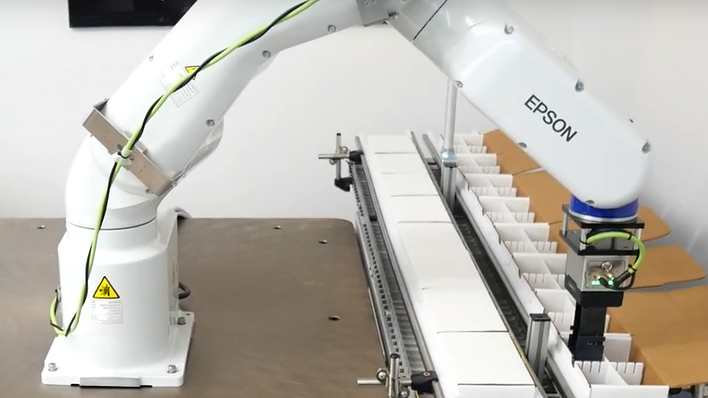How do brands design loyalty programs that offer clear value, build devotion, attract new customers, retain existing ones, and stand out in a sea of points, miles, and rewards?
Too often, people are motivated by an immediate discount or by fear of missing out on future rewards. But over the long term, many fail to redeem what they’ve earned because they forget or it’s too confusing. Worse yet, they feel no sense of achievement for their loyalty; sometimes the only thing people feel is customer resentment because all the rewards—their personal information and money—really go to the brand.
Earning points does not automatically translate into value for the customer or the brand. For one thing, loyalty programs lose their significance when they’re floating in a vast sea of similar points schemes—on average, people are enrolled in 10.4 loyalty programs, according to a recent report from Bond Brand Loyalty—with each points system having its own definition of value.
Major retailers like Best Buy, for example, offer points redeemable for discounts, while many major hotel chains offer points towards airfare with each stay.
If you want to delight—not confuse—your loyal customers, there are a few things you should keep in mind.
Loyalty Is A Relationship, Not A Scheme
Most loyalty programs are incentives-based. But true loyalty in the customer’s mind is much less tangible; it satisfies a psychological rather than a practical need. What type of loyalty reward system gets them excited and motivated to participate?
This was what Global Hotel Alliance (GHA) wanted to know as it began to grow its business to compete with hotel mega-brands like Marriott, Hilton, and Sheraton. So the group of independent luxury hotel brands brought together hotel guests, GHA CEOs, and staff to understand what international travelers liked and didn’t like about loyalty programs. Cocreation workshops across the U.S., Asia, and Europe unearthed a core truth: customers were suffering from “points fatigue.”
Travelers desired to be recognized and rewarded as individuals, not as nameless, faceless points and miles collectors. They cherished exclusive, authentic experiences over boring discounts, freebies, or room upgrades.
The company then engaged with hundreds of hotel staff via a private, online community to conceptualize more than 2,000 authentic “Local Experiences” at GHA properties across the globe. For example, a private dinner and sunset cruise on the Arabian Sea, or a day with pandas in Hong Kong. The result was the launch of GHA Discovery, a three-tiered rewards program that, in fewer than four years, saw membership swell to over 4 million members worldwide, with a remarkable average new member sign-up rate of 2,000 per day.
Brands that build collaborative relationships with their customers (and their employees) find that more rewards aren’t the answer, more emotionally rewarding experiences are. What’s more, co-creating programs with consumers lowers risk and increases chances for success.
Innovate And Loyalty Will Follow
Loyalty program innovation can be risky, whether because of cost or fear of alienating your current membership base.
Companies that do take the innovation plunge can differentiate from competitors by trailblazing a new industry trend. When Southwest Airlines decided to reward fliers for the amount spent on airfare instead of miles traveled, it was an industry first. And it’s working. The program has earned the airline widespread industry praise, and today United, JetBlue, and Delta all following a similar model.
Loyalty is often tied to routine. And any innovation that simplifies a routine while enhancing the customer experience is a reward in itself. The My Starbucks Rewards® program, for example, makes effective use of a ubiquitous technology–smartphones—to manage rewards and make quick payments. It’s so successful that, earlier this year, Starbucks announced more than 25% of all transactions were made by loyalty members, and mobile payments comprised nearly 15% of U.S. in-store transactions.
Some loyalty programs even reward people’s well-being, hobbies, or other interests. Walgreens Balance Rewards, for example, encourages healthy living. Run a mile, or connect to health and fitness devices like FitBit and earn rewards.
Consumers demand to be delighted in return for their loyalty. Anything less, and they’ll collect their rewards, and spend their money, elsewhere. Successful loyalty programs fit seamlessly into the transaction, enhance the experience, and are so creatively designed that brand advocacy grows organically.
—Charles Trevail has been a leader in the innovation consulting world for more than 20 years and co-founded Promise, a co-creation consultancy that merged with Communispace in 2012. As Communispace CEO, Charles is committed to reinventing how companies collaborate with customers as a means for innovation and business growth.
This article was written by Charles Trevail from Fast Company and was legally licensed through the NewsCred publisher network. Please direct all licensing questions to legal@newscred.com.
![]()



